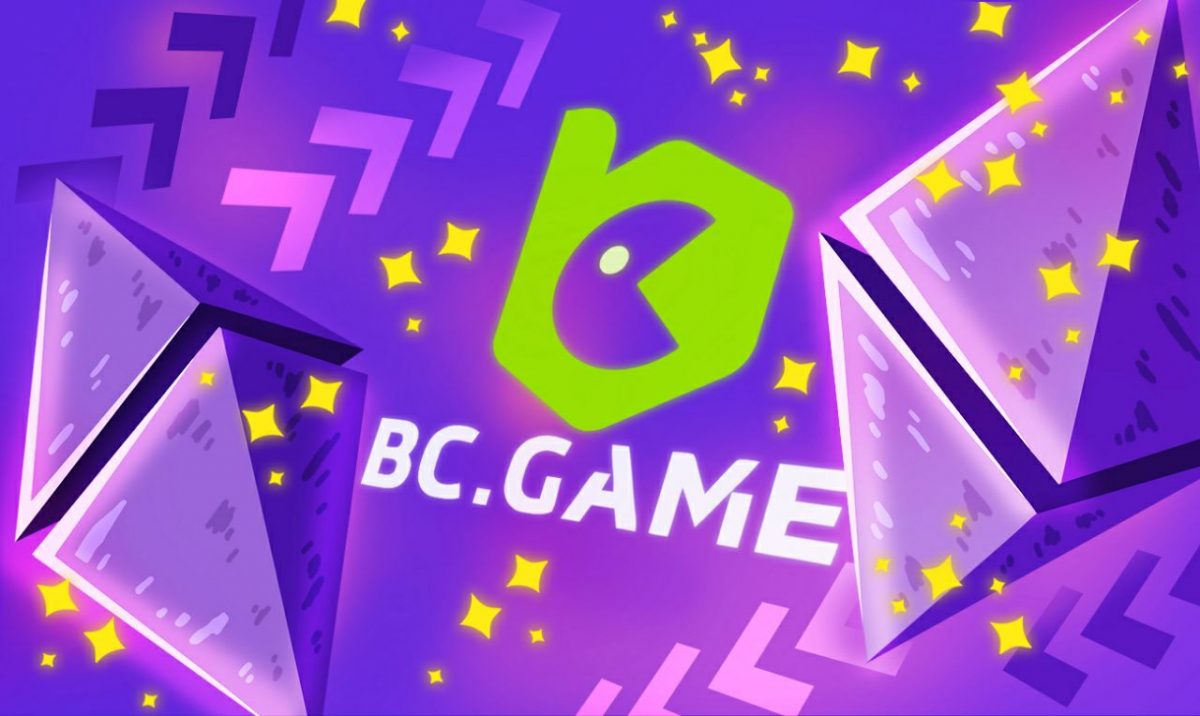Are you a traditional player shifting to exciting innovations like blockchain gaming, online gambling, and more? If that’s the case, you might have, at one point in time, been put off by the exorbitantly high Ethereum Gas fees when playing some of the best crypto games. Indeed, how could you wager confidently in an environment prohibitively charging over $50 to confirm a single transaction? Of course, the state of affairs in blockchain and crypto may be markedly different from traditional platforms.
Still, crypto gambling and blockchain as a disrupting force is evolving and gradually levelling out some of the earlier impediments that bogged down progress. Transaction fees were a big part of earlier troubles facing crypto gambling platforms and network users. In Ethereum circles, this is “Gas,” which must be paid to “push’ a transaction across its channels. Gas is payable to miners who, in turn, approve transactions, adding them to a block. All fees per block are awarded to the successful mining pool and reimbursed to individual miners. This is an ingenious way of rewarding participation and bulwarking the network considering the open nature of the ledger.
Ethereum Gas and Scaling Troubles
Transaction fees, however, are a factor of scalability and network throughput. Ethereum can only process 15 transactions per second at best. As a result, there is stiff competition for confirmation among market participants forcing miners to bid higher, accepting only transactions with higher fees. It is the case because every block can only handle a given size. The scramble for this limited block size is what makes Gas rise. It made using Ethereum prohibitively expensive, forcing users to opt for alternative solutions or quit altogether. In early May 2021, due to the proliferation of doge-coin meme coins aping Dogecoin, the average Ethereum Gas fees stood at over $65.
Three Reasons Explaining why Transaction Fees are Falling:
Gas fees have since tapered, falling to around $5. There are several explanations, including:
1. The drastic reduction in the number of transactions being processed in Ethereum. Typically, Ethereum processes 1.5 million transactions daily—at least, that has been the average in the past few months. However, there has been a cool-off. For the better part of May and through to June, Ethereum processed comparatively low transactions.
Since, as mentioned earlier, Gas fees are directly proportional to the transaction count, analysts say the decrease contributed to reducing Gas fees to reasonable levels. As data shows, a decrease in transaction count notably coincides with cooling DeFi and NFT activities.
2. This could be partly because of the increasing demand for Layer-2 solutions and platforms. Unlike any other point in time, there are more Ethereum-compatible platforms–a net positive. This means it is easier for developers to migrate to competing, more scalable, and cheaper networks. One that stands out is the shift to Polygon. The platform is compatible with Ethereum and offers Layer-2 solutions while providing projects with the necessary infrastructure for launching operations.
Flashing with the fall of Gas fees is a pickup in activity in Polygon. Reports show that Polygon now hosts over 350 projects and concurrently manages over $6.5 billion of assets.
The Proof-of-stake platform handles far more transactions than Ethereum. Encouragingly, it is projected to rise in the days ahead as the number of Layer-2 solutions increases. Besides Polygon, options such as Arbitrum, ZK-Rollups, and Optimistic Rollups—once all are in operation—will likely drive down the cost of transactions, scaling the network.
3. However, perhaps in a demonstration of innovation and flexibility among miners, analysts pin “crashing” Gas prices to the wide adoption of flashbots. Flashbots is an organisation looking to reduce miner extractable value (MEV) effects on Ethereum and other blockchains. Traders are increasingly opting for flash boats instead of Priority Gas Auction (PGA) bots.
Diverging from PGA objectives, flashbots are tailored to minimise Gas fees. Already, estimates place the adoption of Flashbots by miners at over 50 percent, which means they dominate more Ethereum hash rates. This flashbots intervention is widely relieving for the entire network considering that, despite hopes of EIP-1559, the word is that the upcoming London upgrade may not be enough to keep Gas fees low permanently. At the same time, mining pools are already readying for the ETH-burning regime by deploying sophisticated MEV programs to serve their bottom lines.
Why are Low Ethereum Gas Fees HUGE for Online Crypto Gambling?
A mark of blockchain adoption shows in gaming and the depth of integration. Therefore, blockchain transaction fees play a huge part in determining the speed and level of adoption. Ideally, transacting on the blockchain should be negligible and lower than in traditional circles. The good news is online gambling platforms are offering some of the best crypto games like BC.Game has gamers in mind.
BC.Game runs a Lightning Network (LN) node allowing users to play any of their immersive online gambling games cheaply using BTC minus the inconveniencing high transaction fees. Gamers can easily and quickly deposit and withdraw BTC without worrying about losing all or a portion of winning to transaction fees. Combining BC.Game‘s LN node and falling Gas fees in Ethereum leads to enhanced user experience and confidence, going a long way in highlighting the positives of blockchain as an intervening layer beneficial to the expanding online crypto gambling space.














